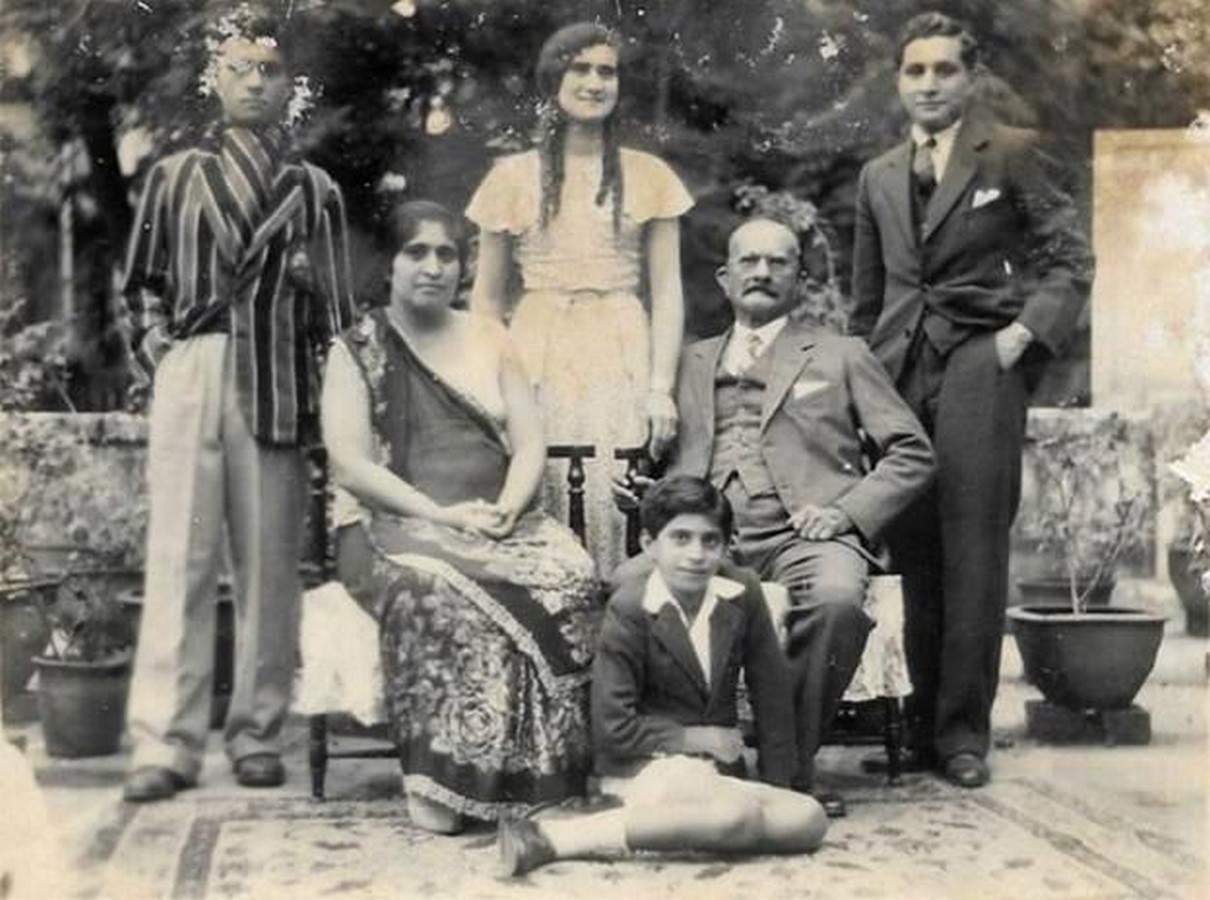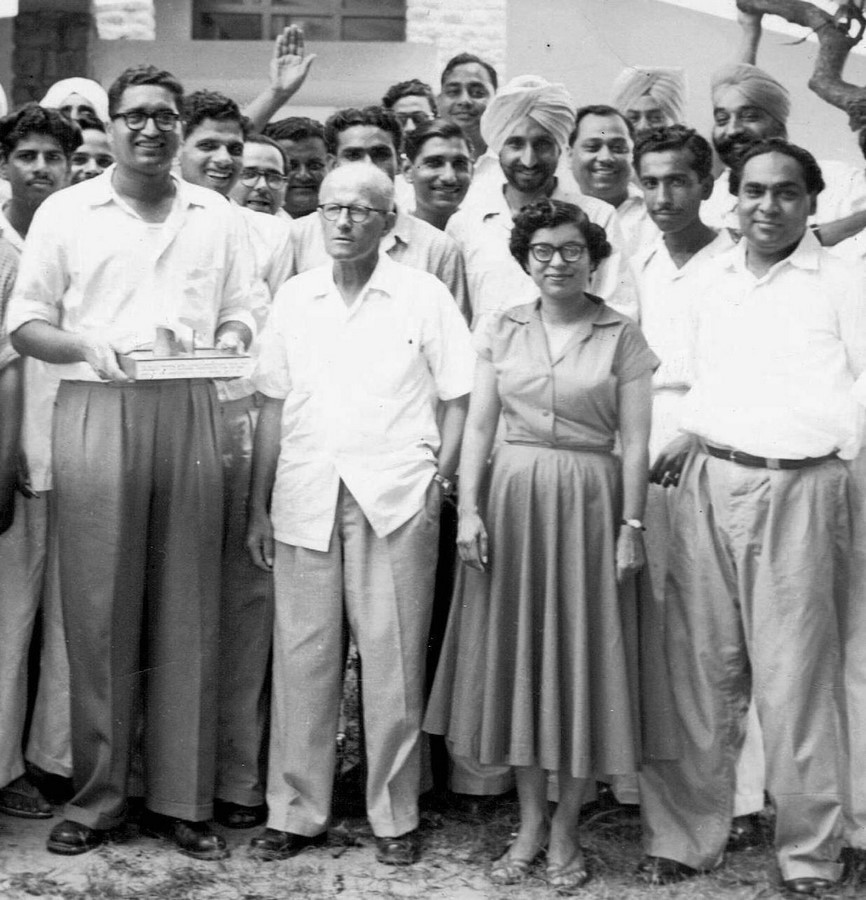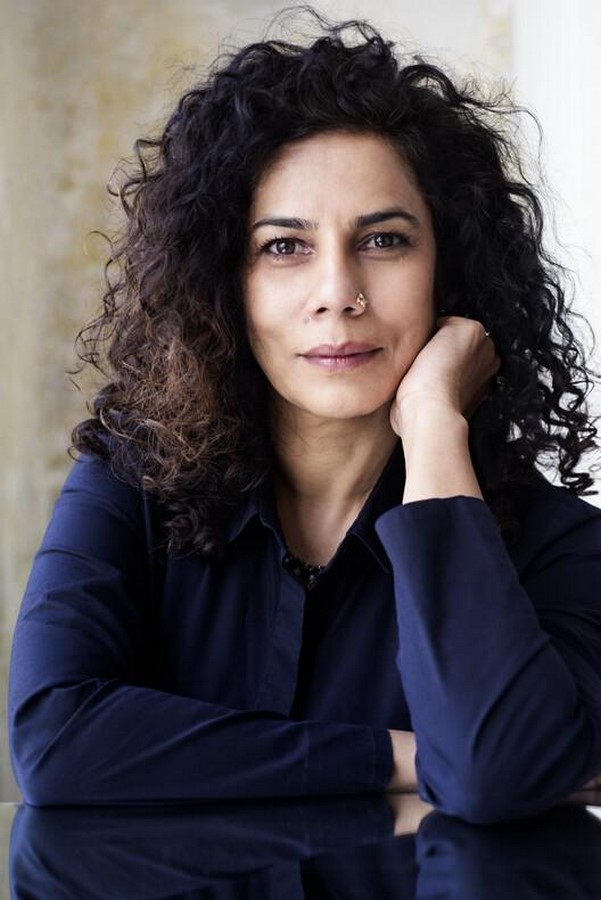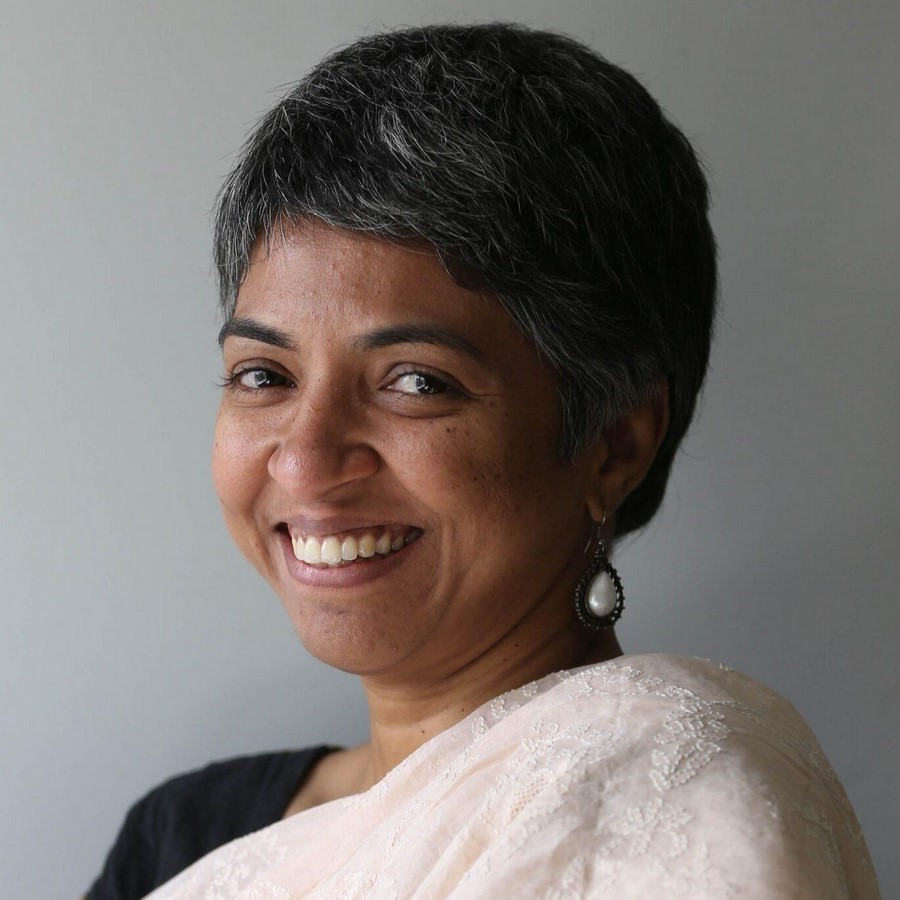Women have been a part of India’s architectural landscape since the pre-independence era. Originating as an act of resistance against British India, where women took to the streets following the principles of Gandhi, this movement gradually evolved to compass various spheres such as social engagement, education, and politics. It was within this historical context that women began to make their entrance into the emerging field of architecture.
Contributions by Female Architects in Indian architecture
The narrative of females in the discourse of architecture parallels the development of modern Indian architecture. Indian women from affluent and well-off families were influenced by ideals of nationalism while studying dominant and Western design ideas such as Brutalism, Art Deco, and Modernism. Educated in the West, the women were shaped by utopian models of modernism.

This led to a rise in leading women architects such as Perin Jamsetjee Mistri, ‘Didi’ Contractor, and Eulie Chowdhury. Mistri in 1936 achieved the distinction as India’s first female architect. Her qualifications inspired an anonymous letter expressing gratitude for her boldness in representing those who were confined to their homes. Interestingly, it was another female architect – Eulie Chowdhury who took the role of an interpreter and liaison between English-speaking and Hindi Indian workers and team members as well as the French-speaking Corbusier.

Kangra-based Didi Contractor, an architect born in America encouraged herself to foray into mud architecture. A self-taught architect and American artist, Didi Contractor embraced the use of traditional construction materials. She was the creative mind behind the Dharmalaya Institute, a non-profit educational organization located in Dharamshala, Himachal Pradesh, India.

Among Indian female architects, Anupama Kundoo who received the 2021 RIBA Charles Jencks Award, stands out as a reference for an emerging figure. In a domain frequently characterized as serving the privileged, Kundoo who is based in Auroville has gained renown for her skills that integrate affordable traditional materials into contemporary architectural designs.
The journey that commenced with a confidential admirer expressing gratitude to Mistri has now resulted in a statistic: 44% of the nation’s licensed architects are women, a proportion that surpasses that of many other countries.
Gap between professional practice and women academicians in the arena of Indian architecture
One of the profound quotes by Iraqi-British architect Zaha Hadid reflects on the predominantly male nature of the building industry, including professionals and clients. Examining the statistics of gender distribution within leadership roles across international design and architectural firms, the representation of women is low, hovering around a mere 11%.

The stark disparity between the representation of women within educational institutions and their actual presence in the professional arena is evident. However, less apparent is the subtle yet impactful spatial bias that disproportionately impacts women, who make up half of the population.
The Council of Architecture in India states that the composition of registered architects in India currently exceeds 58,000, but only 44% of women constitute the same. Within this data, only 0.72% of women actively engage as practitioners with architectural firms and design studios.
Women architects leave the profession owing to social, cultural professional and educational standards expected of them. Over the past few decades, the role of a woman has transformed into something beyond than that of a mere housewife. In contrast, many women who graduate with an architecture degree seem to eventually steer away from the practical sphere, finding roles as entry-level educators and academic professionals.
Lack of Feminist Perspectives in Indian architectural education
Architecture is more than buildings and structures. The root of architectural practice emerges from classrooms and lectures. Apart from mainstream practice, arenas like education, journalism, research, writing, and documentation are all spaces where women architects venture into. Shiny Varghese, a journalist with over ten years of experience in journalism, often critiques the building practices and analyses unbuilt structures within India, whereas Sabrina Khan, who studied India’s first UNESCO Project studying the untold history of Old Ahmedabad are all examples of women pioneers in modern day Indian architecture.

However, narratives, publications and projects by female architects are hardly taught in classrooms and lecture halls. Architectural schools lack gender equality because feminist perspectives have not entered the mainstream system of education and consciousness. Hence, the need for the creation and transfer of ideas and knowledge of built spaces through pedagogy and curriculum is missed.
Boardrooms and lecture halls too reflect a poor balance of the ratio of males and females, and this persists perhaps even as an academician, a professional or a student where a woman is still left like an option in history.

Insignificance of women architects in decision-making bodies
Women are considered insignificant in decision-making bodies that control political and reformative policies. Coincidentally, design and infrastructure-related concerns are generally unaddressed and ignored in public-policy making processes. For instance, streets and walkways in India are demolished or disappearing in the name of urban expansion and development.
In planning processes, user neutrality is taken for granted and grass-root level participation is limited. With increased cases of violence and assaults on women even within public spaces, there is a need for a female voice in raising awareness about gender norms and urban spaces. This applies not just to women but also to the marginalized sections of the society since it is the right of citizens to have full access to public spaces.
Although our country has a few successful women architects, that should not be taken to convey any barriers for women in the profession of architecture. As highlighted earlier, the rate of women professionals leaving the arena of architecture, is highly notable due to multiple factors. The phase of a woman investing in her career often coincides with starting her family and other responsibilities. If a pause is taken to prioritize family, resuming professional development is challenging. Due to the rapid developments in terms of professional environments, architectural technologies, materials and even software, all of which can affect her self-confidence and professional reintegration.
Despite the numerous challenges, women continue to strive and thrive in architecture – a world dominated by men, in the words of Iraqi-British architect Zaha Hadid.
References
- ArchitectureLive! (2023) Women in Architecture | From Fringe to Forefront [Online]. Available at: https://architecture.live/women-in-architecture-acknowledging-those-who-are/ [Accessed: 22 August 2023].
- Zingy Homes (2015) Women in Architecture in India: Challenges in the 21st Century [Online]. Available at: https://www.zingyhomes.com/latest-trends/women-in-architecture-challenges-women-architects-india/ [Accessed: 22 August 2023].
- Scroll.in (2016) Behind India’s successful women architects are unconventional ideas and mothers-in-law [Online]. Available at: https://scroll.in/article/820725/behind-indias-successful-women-architects-are-unconventional-ideas-and-mothers-in-law [Accessed: 24 August 2023]
- Yogapriya, G. & Aysha, Ar. (2022). Role Of Women Architects in Modern India.

















